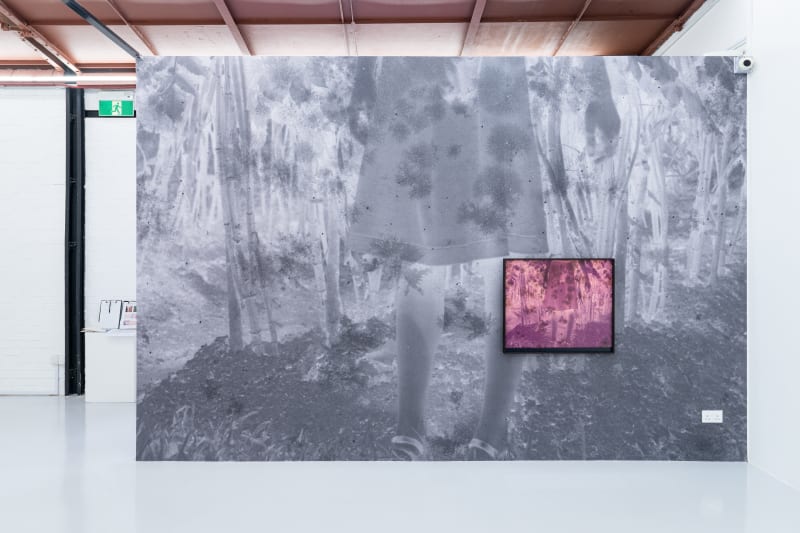Wei Leng Tay: View From This Side
Yeo Workshop is pleased to present View from This Side by Wei Leng Tay, the artist’s first solo exhibition at the gallery.
Local artist Wei Leng Tay works across various disciplines including photography, video, and installation. She negotiates our understanding of representation and perception through the materiality of photographs and image-making, as well as social encounters. Having lived in different cities over the years, Tay sheds new light on migrant histories, memory, and the self through her work. She documents, interviews, and collaborates with strangers from Hong Kong, Pakistan, Bangkok, and Singapore, to unravel the complexities of relationship and identity. By reworking archival material, photo prints and negatives, the artist poetically conveys their individual stories and emotions around displacement, belonging and agency that would resonate with many. Her practice moves beyond mere documentation, traversing the politics of time with auratic sensibilities.
View from This Side brings focus to a series of Tay’s most recent photo works, one that had developed from a bag of family slides dated between the late 1960s and 70s, mostly taken by her parents. These old slides reveal a coming-of-age, charting her parents’ migratory path through Australia, Malaysia, and Singapore. They depict how geography and history are imprinted in time through image-making. Through the artist’s reprocessing and abstracting of these images, she expands upon the codes of meaning that are embedded within them, presenting novel ways of looking and remembering. Whether it is an obscure inflight view of an aeroplane wing or a partially obliterated family portrait, an uncanny sense of familiarity is felt as traces of the past peep through. These works form the final segment of a constellation of works that Tay started in 2019.
This exhibition takes its title from the words printed on the cardboard slide mount of source photographs, which guides viewers towards a specific orientation of looking at the images. Here, it is an invitation for viewers to take a closer look at the materials and processes surrounding these works. Playing on this instruction, Tay essentially raises a central question that informs the premise of this show: what is this side from which to look? Though the works might seek to rationalise and address what is often maudlin and its affect on us, they create a space for looking and projecting, between abstraction and reminiscence. At the same time of remediating the past, these photo works call upon deeper reflection on the values that are associated with our own ways of seeing. How we look back upon ourselves might also be a mode of looking forward.

